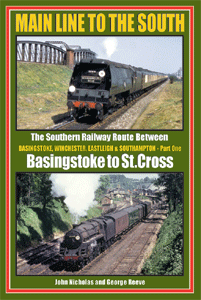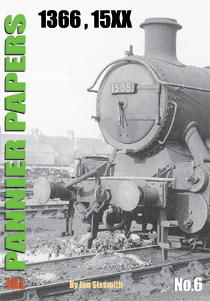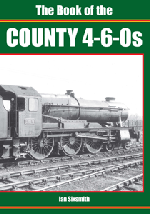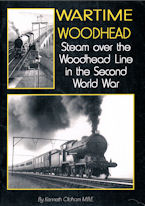Main Line to The South - Part 1: Basingstoke to St.Cross (Winchest...

Condition: Excellent
Published by: Irwell Press
Author: John Nicholas & George Reeve
Main Line to The South - Part 1: Basingstoke to St.Cross (Winchester)
The London and Southampton Railway opened its line in 1840 and was the first major railway in the south of England. Engineer Joseph Locke, and contractor Thomas Brassey, completed the last part of the line from Basingstoke to Winchester through the chalk downs to the summit at Litchfield Tunnel.
The easy grades of the line were only achieved by involving some heavy civil engineering work, high embankments, deep cuttings and numerous tunnels. Traffic grew steadily, particularly goods, to and from the expanding Southampton Docks and boat trains ran in connection with the ocean liner traffic.
Southampton developed into the principal port for military traffic to the Empire and the line played a major role in the supply of men and materials for the Boer, First and Second World Wars. The line achieved something of a legendary status in the 1960s being the last steam worked main line in England until its electrification in July 1967.
Today the line between Basingstoke and Southampton carries not only heavy passenger traffic but, with the recent demise of coal traffic elsewhere, some of the nation’s heaviest freight traffic with containers from Southampton Docks.
Part One covers the line between Basingstoke and Winchester
Part Two deals with the line through Eastleigh, including the works, to Shawford Junction.
Part Three completes the story to Southampton covering St.Denys, Northam, Southampton Terminus and Central.
Please contact us for a quote for shipping outside the UK Mainland before ordering.






























